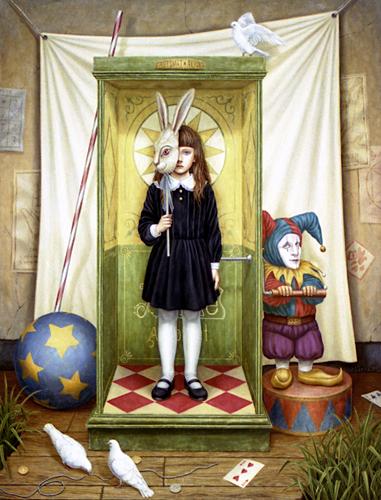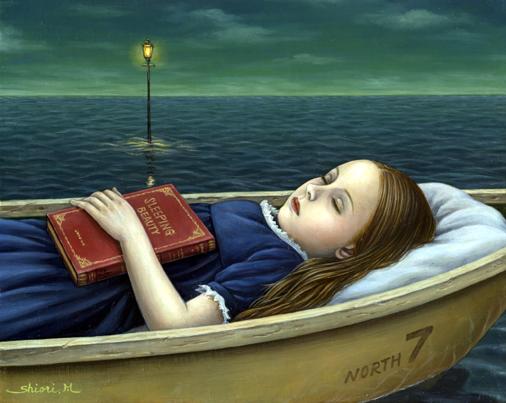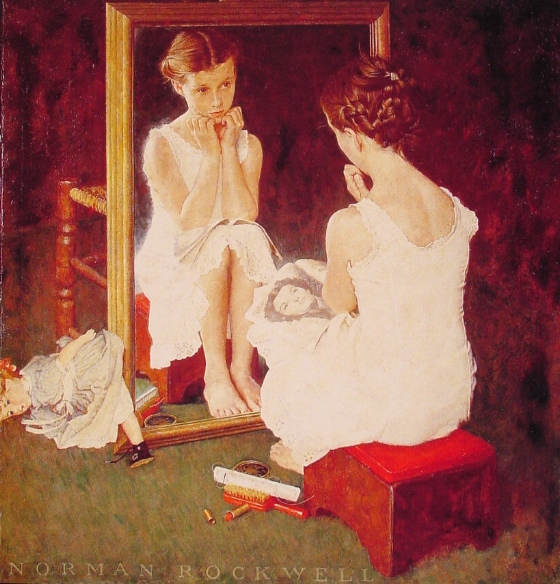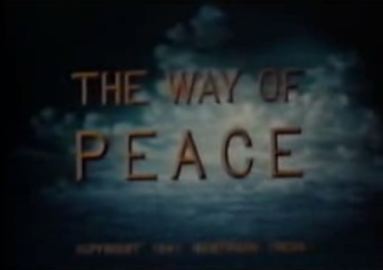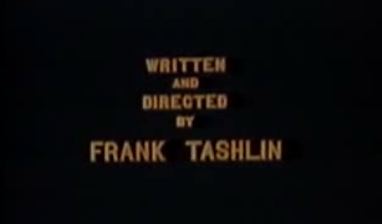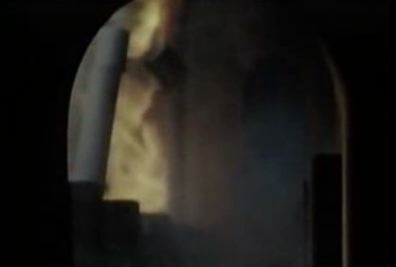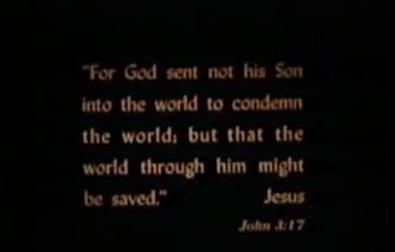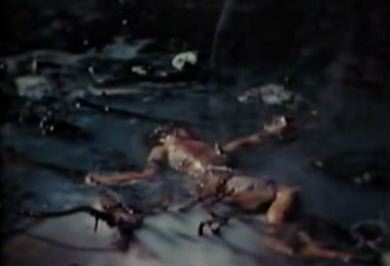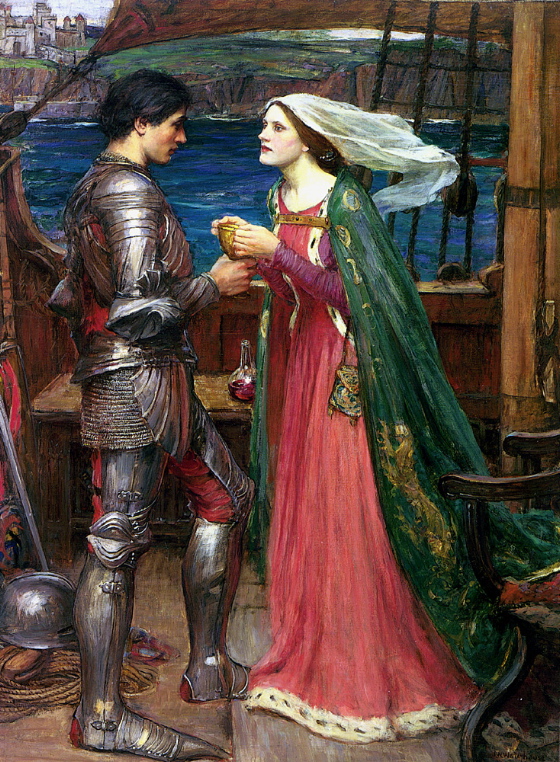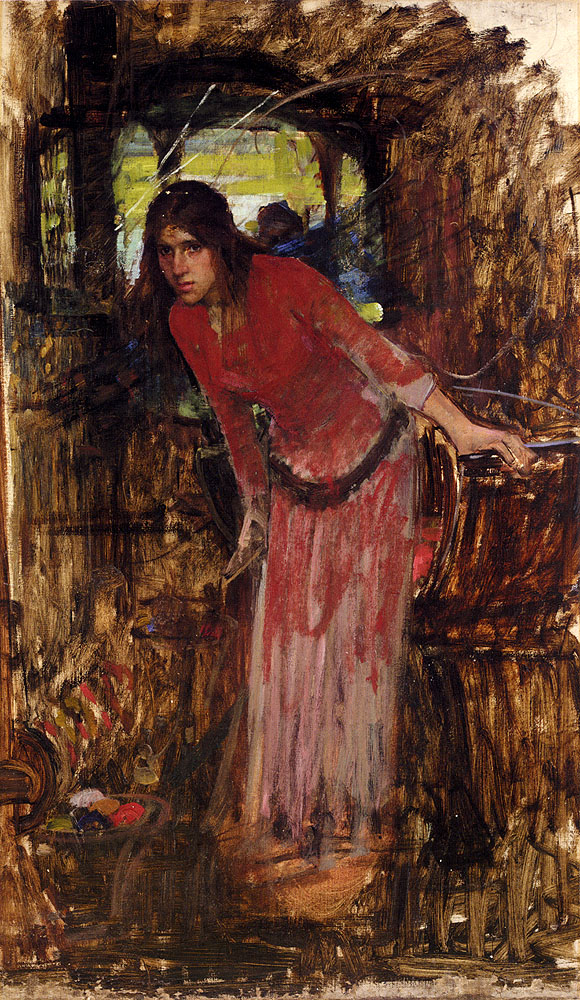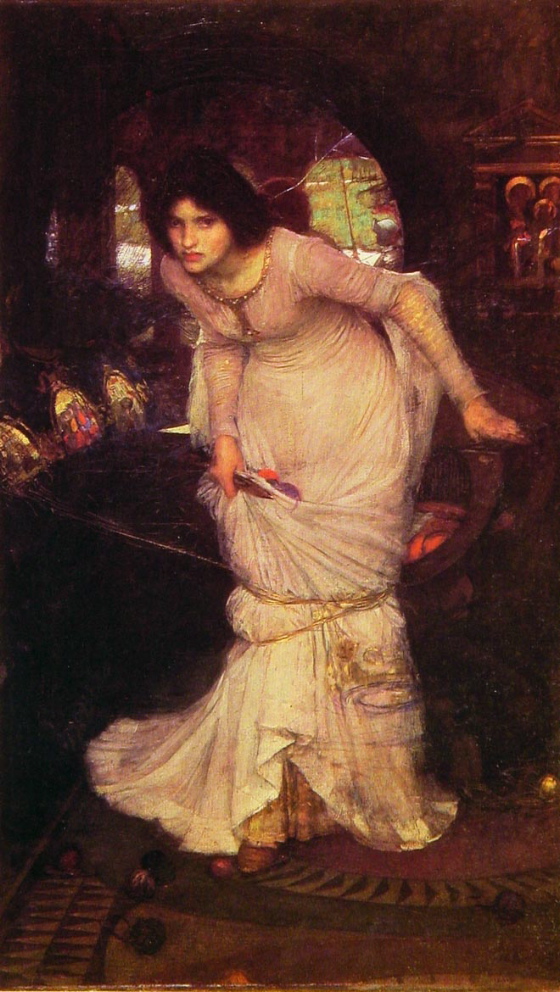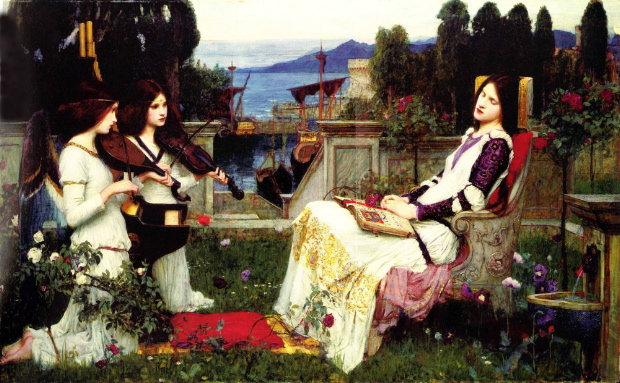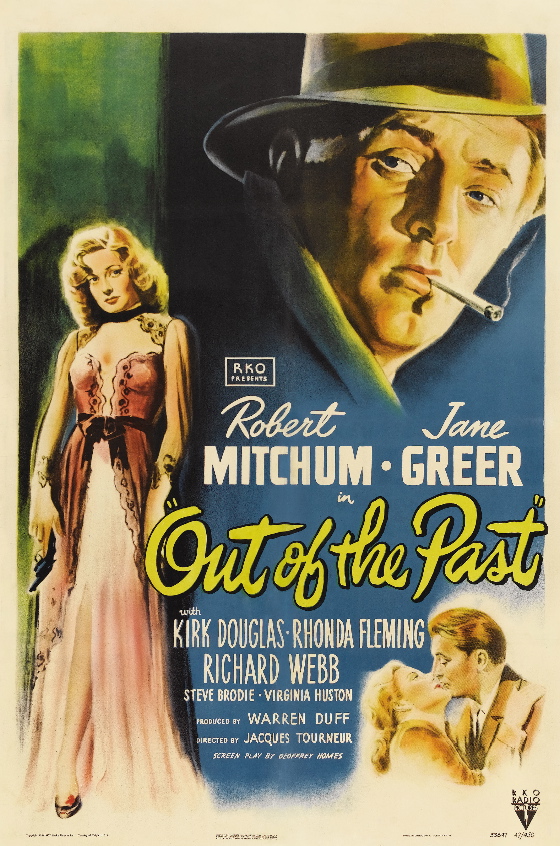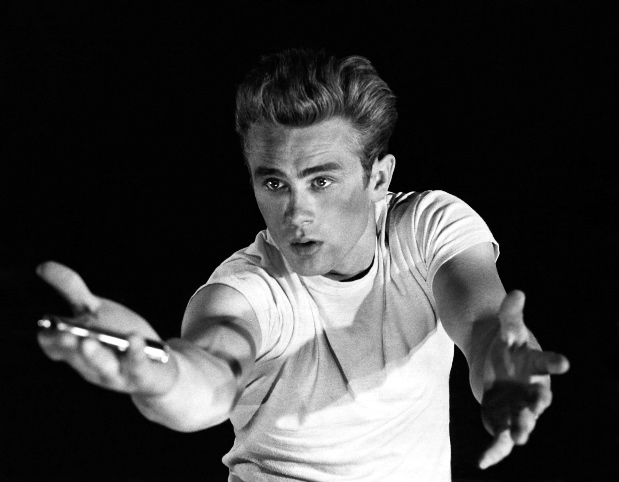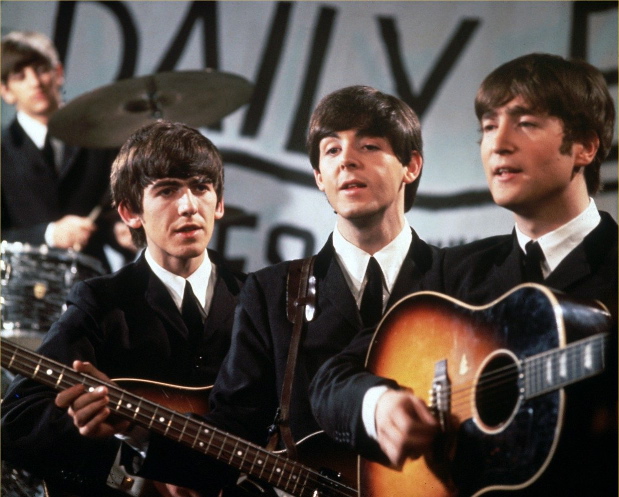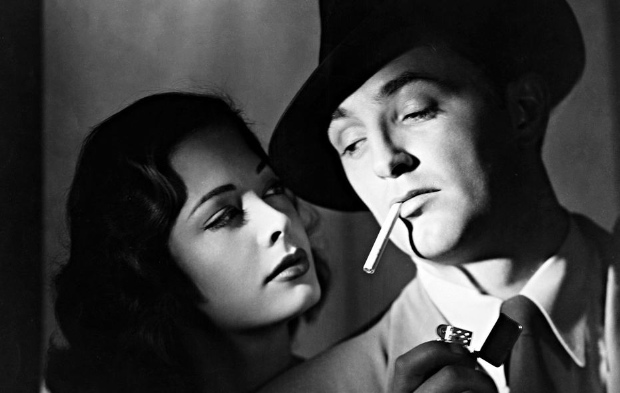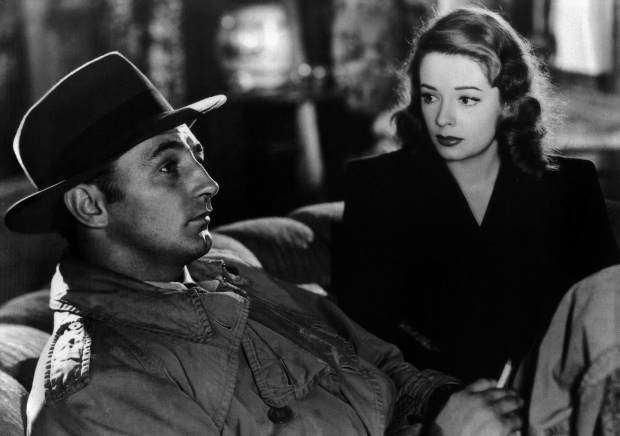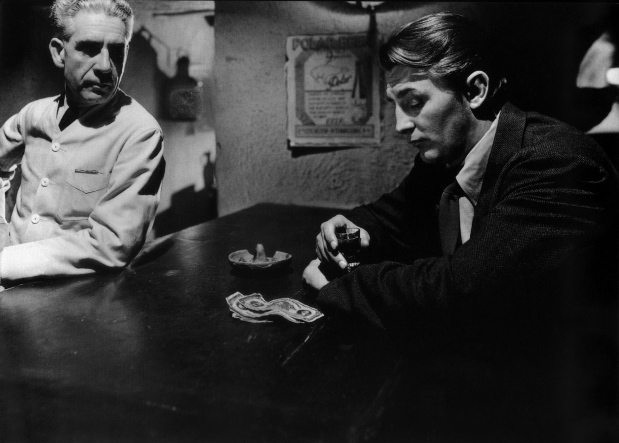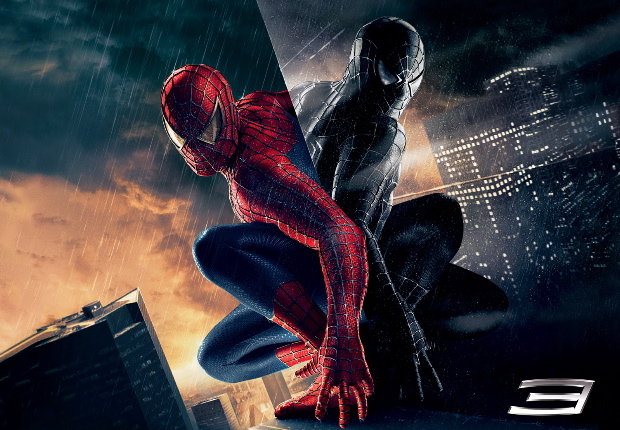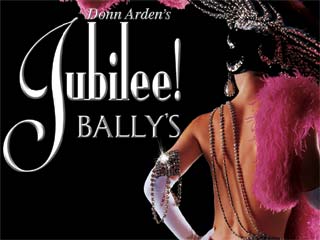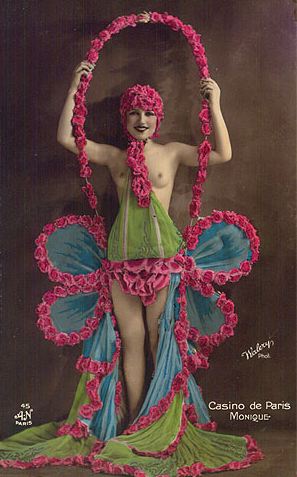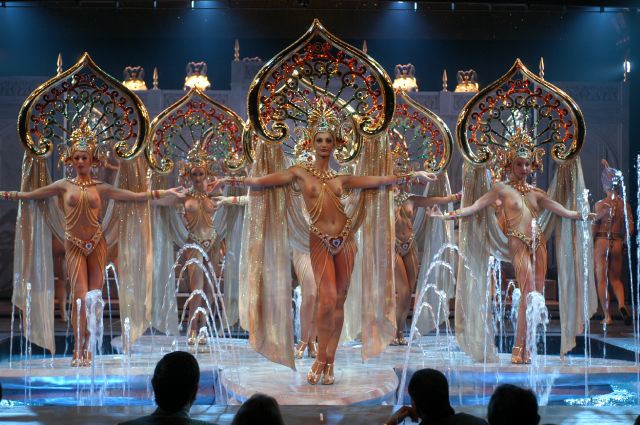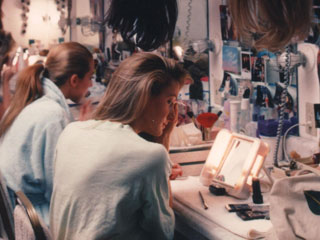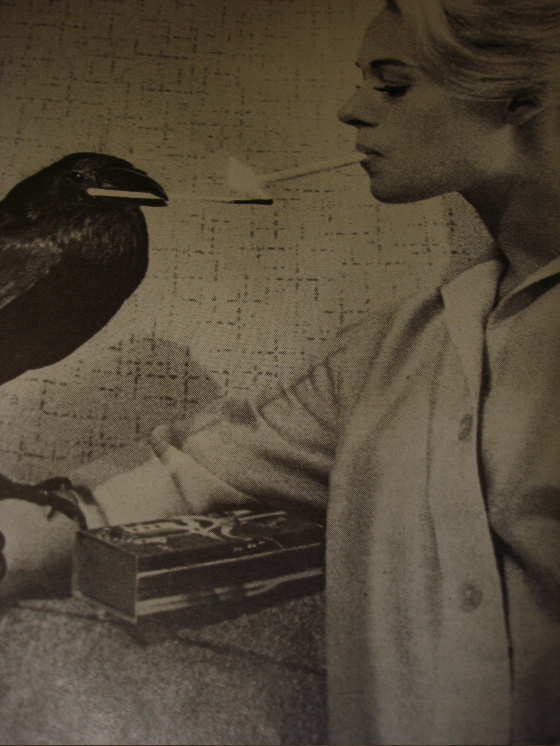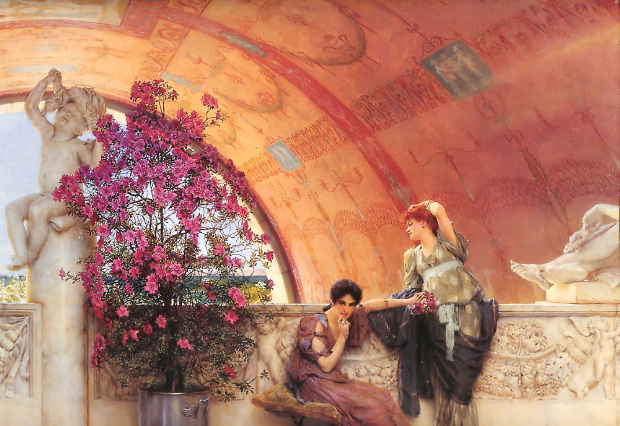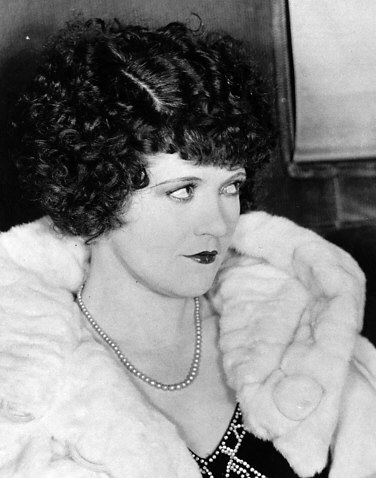
Erich Von Stroheim was above all else a wondrous spinner of tales. His
storytelling mode was, at heart, melodrama, but much modified from its
conventional forms. He embraced all the sensational elements of melodrama, its
reliance on wild coincidence and its stark dynamic of good versus evil
but subverted them to his own ends. He made the erotic subtext of much
melodrama explicit, he used coincidence to serve his own fatalistic
vision of human destiny, and he inverted expectations about protagonist
and antagonist, making the former often weak and foolish and the latter
invariably fascinating and appealing, especially when he himself played
the role.
His
vision of the world was brutal and harsh, but he preserved the romance
and the celebration of virtue at melodrama's core — in the form of his
faith in a pure and spiritual love which could transcend the vagaries
of fate, even if his version of such love often existed outside the
realms of strict propriety.
He was
a popular artist of his time, speaking to audiences in a language they
could understand, even as he extended the expressive and thematic range
of that language. Of the seven films he completed only three were
released to the public in versions close to what he intended, and all
three made money — quite a lot of money. Von Stroheim knew his public
and its taste, and we err when we accept too quickly the judgment of
the studio executives who decided that this public would not have
accepted his four mutilated films in the longer versions he originally
prepared. We will never know for sure, of course, but it's an insult to
a popular artist of Von Stroheim's stature and achievement not to give
him the benefit of the doubt on this score and to accept uncritically
the verdict of the creative mediocrities who vandalized his films.
The
tale Von Stroheim concocted for what would have been his fourth film, Merry-Go-Round, is perhaps his most romantic — inspired as it was by
his nostalgia for the old Vienna he grew up in, the one that vanished
forever in the catastrophe of WWI. Von Stroheim's participation in this
old Vienna was not what he claimed it to have been — it was part of
his dream world from the start — but it was at the center of his
imaginative life and he seems to have felt its loss just as keenly as
(perhaps more keenly than) the loss of something real.
In Merry-Go-Round, Agnes becomes a symbol of the innocence and allure of
the dream of old Vienna — one which redeems the deceitful and
hypocritical Count Hohenegg, and by extension the whole corrupt
superstructure of the Hapsburg fantasy. That fantasy was worthwhile,
Von Stroheim seems to say, if it could make a place for dreamy,
waltz-inflected nights at the Prater, and for Agnes, the sweet
incarnation of those lyrical interludes.
When
we think of dreamlike films, or dream sequences within films, we might
be tempted to think of the expressionistic style filmmakers often use
to signal a dream state — but of course real dreams do not present
themselves in that way. We might, in a dream, find ourselves at home
and discover a previously unnoticed door opening onto a previously
unsuspected wing of the house — but that wing is not appointed like
the cabinet of Dr. Caligari . . . it is as convincingly real a place,
in the dream, as the actual house we know.
Von
Stroheim appropriated this aspect of actual dreams to give his
cinematic universe the power of the dream spaces we concoct, with a
similar attention to detail, in our sleep. This was Von Stroheim's way
of seducing us into his dreams, making us take them seriously. It was a
storyteller's strategy — not, as has often been suggested, some kind
of neurotic obsession with “realism”, much less an egotistical
extravagance. While Von Stroheim was obsessing over his “extravagant”
sets he himself lived in an exceedingly modest home in Hollywood, and
led a mostly mundane and largely domestic private life.
Von
Stroheim was the first great director to realize consciously that
movies alone could use this illusion of a coherent and convincing dream
universe to give power and depth and weight and resonance to an
ordinary tale, to overwhelm us with the subliminal power of an actual
dream.

Von
Stroheim was fired from Merry-Go-Round somewhere between a quarter
and a third into the shooting. The story was rewritten and the shooting
completed by Rupert Julian, a studio hack appointed by the dazzlingly
mediocre producer Irving Thalberg. Enough remains of Von Stroheim's
vision to show us what the film might have been — and there is more
than enough of Julian's work on display to make the genius of Von
Stroheim's method stand out in stark contrast.
Julian's
mise-en-scène is theatrical and uninventive, without a trace of plastic
imagination. He does not place us inside a dream universe but at the
edge of a stage. We don't have the sense of being someplace but of looking at something. Julian also encourages his actors to act — in an
exaggerated theatrical style that several of them had no training or
capacity for, and that violates in all cases the more naturalistic and
engaging style Von Stroheim knew how to elicit even from novices.
Despite
all that, the performances of Norman Kerry and Mary Philbin are
revelations. Kerry was playing his first important role here, and
Philbin her first role of any kind (apart from a walk-on in Foolish
Wives.) Kerry was a small-time actor whom Von Stroheim here elevated
to star status — and we can see in his performance what Von Stroheim
saw in him. He's sort of like a laid-back, less boyish John Gilbert,
with tremendous masculine authority, which seems utterly natural and
utterly appealing in those scenes directed or influenced by Von
Stroheim but which vanishes entirely in those scenes in which he is
called upon to emote in a more conventional (though already
anachronistic) style.
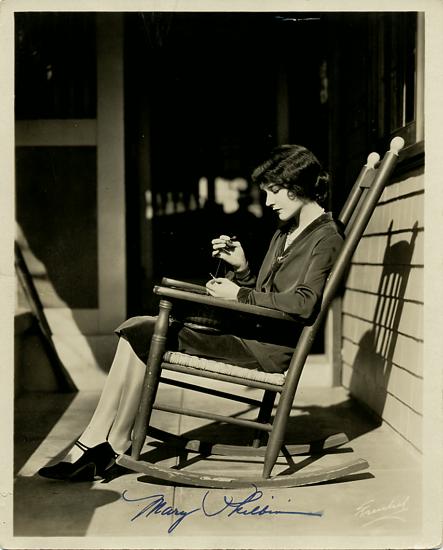
Philbin
was an actual discovery of Von Stroheim's — he'd named her as the
winner of a publicity-stunt beauty contest he judged in Chicago. She
has real charm and power in Merry-Go-Round, and also a totally
convincing naturalness — except when Julian persuades her to try for
the high style, at which point she seems merely competent. Her
generally undistinguished performance in The Phantom Of the Opera
must be attributed directly to Julian's cluelessness and bad taste as a
director of film actors, because she was an artist of genuine talent
and potential. (The fact that she became one of Universal's biggest
stars in the Twenties is yet more evidence of Von Stroheim's insight
into the popular taste of his time.)
Much
of Von Stroheim's dark vision of human behavior was removed from the
reworked version of the tale given to Julian to execute, which makes
the romantic idealism that triumphs in the end seem a bit saccharine.
Dimwits like Thalberg didn't understand how dark elements could set off
and energize the positive and redemptive themes always present in Von
Stroheim's work.
Universal
called its prestige releases Super-Jewels. The existing version of Merry-Go-Round is a Super-Rhinestone — but in it we can see
reflected a great masterpiece, the film Von Stroheim might have made
without the intervention of Irving Thalberg and his all-too-perfect
alter ego Rupert Julian.

